The Avant Guarde, a French term that means vanguard, or advanced guard, was originally used to denote the vanguard of an army and first applied to art in France in the early 19th century.
Applied to art, vanguard means innovative art that introduces or explores new forms or themes.
The term refers to any artist, movement, or work of art that breaks with precedents and is considered innovative and transgressive of the status quo. Due to its radical nature, and the fact that it challenges the ideas of the artistic establishment, existing processes and forms, the vanguard movement has often encountered resistance and controversy in the art world.
The beginning of the vanguard
It can be said that vanguard art began in the 1850s with the realism of Gustave Courbet, who was heavily influenced by early socialist ideas. It was followed by successive movements in modern art, and the term vanguard is more or less synonymous with modern.
Some vanguard movements, such as cubism, for example, have focused primarily on innovations in form, while others, such as Futurism , De Stijl or Surrealism, have had strong social programs.
The development of the Avant-garde
Although the term Avant-garde or vanguard was originally applied to innovative approaches to artistic creation in the 19th and early 20th centuries, it is applicable to all art that pushes the boundaries of ideas and creativity, and it is still used today to describe art that is radical or reflects the originality of vision.
The notion of vanguard enshrines the idea that art should be judged primarily by the quality and originality of the artist's vision and ideas.
Main exponents of the Avant-garde
Due to its radical nature and the fact that it challenges existing ideas, processes, and forms, vanguard artists and artworks often go hand in hand with controversy. Explore about the artworks that caused a stir.
Little Dancer Aged 14 - Edgar Degas

As innocent as it may seem to us today, the little dancer aged fourteen by Edgar Degas caused outrage when it was first exhibited at the Impressionist exhibition in 1881 in Paris. The figure was described in various ways as "repulsive" and "a threat to society." Critics and the public were upset by the realism of the work but also because Degas had represented a provocative modern theme... dancers were considered part of the seedy side of the show and little more than prostitutes.
Bottle and Fish - Georges Braque (Cubism)

Around 1907, Pablo Picasso and Georges Braque developed a new and revolutionary painting style that transformed everyday objects, landscapes, and people into geometric shapes. Cubism paved the way for many of the abstract art styles of the 20th century, but the name of the movement derives from a dismissive response from a critic who described one of Braque's landscape paintings as "cubist oddities."
Picasso and Braque conceived and developed cubism, but other artists also adopted the style, particularly Fernand Leger, Albert Gleizes, and Louis Marcoussis. From its Parisian epicenter, cubist ideas spread rapidly and profoundly marked the path of Russian vanguard, Italian futurism, and German expressionism, among others. In the following pages, we present a special selection of significant works from the various vanguard movements that have been touched by the prism of cubism.
Lunch of the Rowers - Renoir

While impressionist art may not seem vanguard by contemporary standards, the movement was revolutionary in its time. Rejected by the traditional Salon de Paris, painters like Claude Monet , Edgar Degas, and Pierre-Auguste Renoir favored landscapes and scenes of daily life over accepted historical and mythological themes. They also broke with tradition by leaving the studio and painting en plein air .
Portrait of Madame Matisse, Henri Matisse (Fauvism)
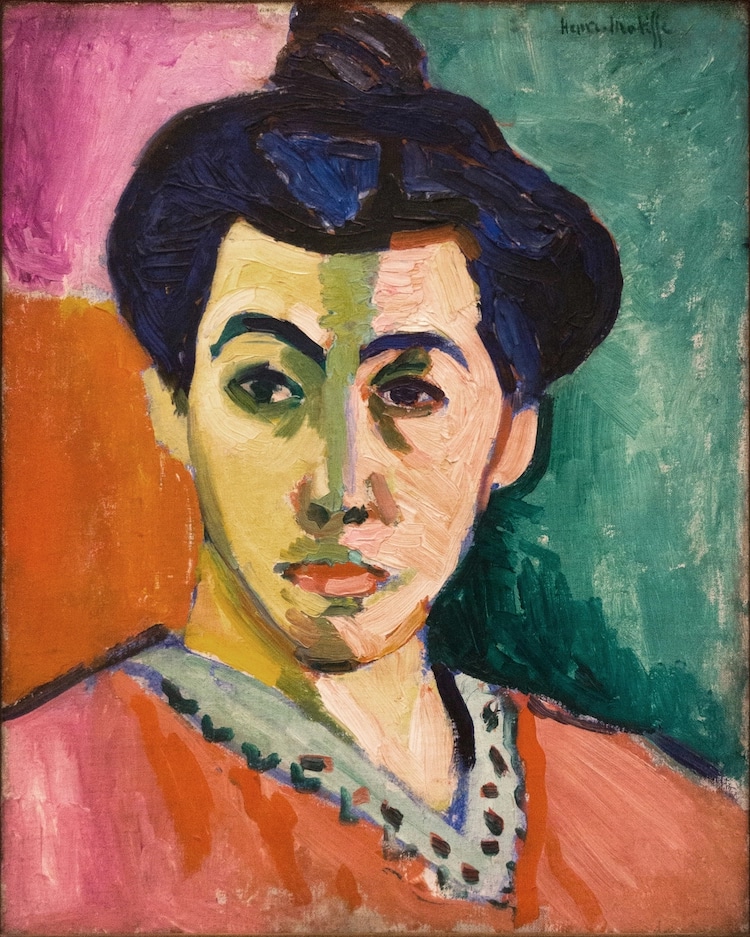
Impressionism unleashed a wave of artists and innovative styles. Among them was a brief but powerful movement called Fauvism . Co-founded by French artists Henri Matisse and André Derain, the style of les Fauves, or "the wild beasts," is characterized by a palette of saturated colors, thick brushstrokes, and simplified forms, often almost abstract. Fauvism acted as a transitional period for many of the artists associated with it, especially Matisse and Georges Braque. After its conclusion in 1910, these figures used their fauvist experience to embark on new projects and enter new periods.
Dynamism of a Dog on a Leash, Giacomo Balla (Futurism)
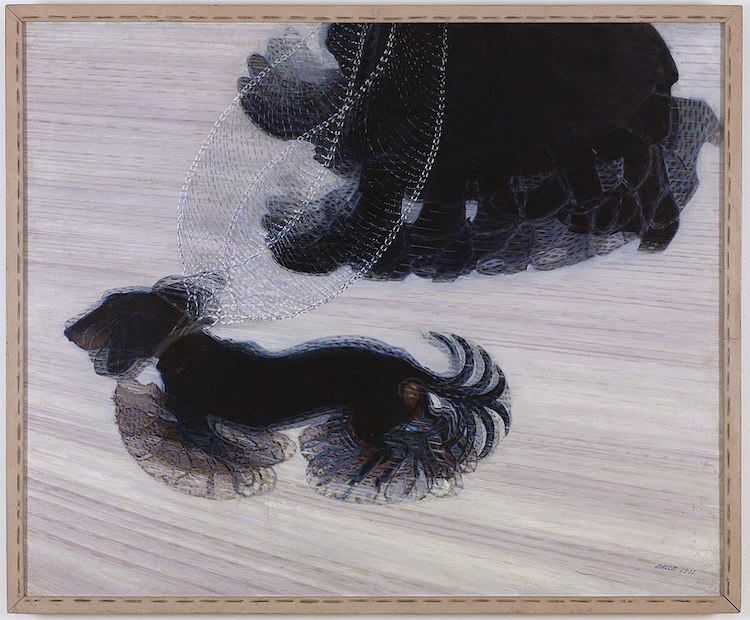
Founded in 1909, Futurism was a vanguard movement that embraced innovation, technology, and transportation, all components of the future that emerged after World War I. A hallmark of futurist art is the representation of speed and movement. In particular, they adhered to the principles of "universal dynamism", which meant that no individual object is separate from its background or from another object. The Italian sculptor and prominent futurist artist Umberto Boccioni explained the movement: “We synthesize every moment (time, place, shape, color tone) and thus we paint the picture.”
The Persistence of Memory, Salvador Dalí (Surrealism)

Surrealism is a highly experimental genre based on principles of the subconscious mind, drawn from a literary technique called automatism. This break with reality gave surrealist artists like René Magritte, Salvador Dalí and Man Ray complete creative freedom, as they were no longer guided by academic principles. The dreamlike setting of their art combines realistic representations of fantastic themes. Surrealists were also known for venturing into many forms of art, from painting and sculpture to photography and cinema.
Black Bean - Andy Warhol

Recognized in the late 60s as the leader of vanguard art in the United States, with interests in painting, printmaking, video art, filmmaking, sculpture, assemblage, and conceptual art, Warhol used modern creative methods such as serigraphy to produce iconic portraits of celebrities like Elvis Presley and Marilyn Monroe. He turned stars into objects of modern art and in the process made himself, the artist, a star. This gave him access to a series of exclusive social circles with intellectuals, media moguls, Hollywood movie stars, and other wealthy patrons. He also used modern production methods, employing a variety of assistants in his New York studio, known as the "Factory". Since his untimely death in 1987, Warhol has been the subject of numerous retrospective exhibitions worldwide, as well as documentaries, books, and articles. In recent years, Warhol's art, along with the works of surrealist Francis Bacon, has become the most sought-after examples of early postmodern art.
Although the idea of vanguard suggests a concern for breaking new ground, in almost all cases this does not reflect an independent interest in novelty, but is based on the desire to give a clearer impression of "reality." For Gustave Courbet, it meant representing the harsh working lives that were banished from the academic canvas; for the impressionists it meant capturing the effects of light on the retina at the moment of perception; for the constructivists it meant representing the invisible scientific forces acting beneath the surface of visible reality. But in all cases, the underlying goal was the desire to represent reality in a new and precise way.
The idea of vanguard has traditionally been subject to two interpretations. On one hand, it is viewed as inextricably tied to a radical social or political program, in such a way that transgressive art becomes the vehicle for transgressive social and political activity. On the other hand, vanguard art has been seen as the domain of pure stylistic experimentation, free from social concerns of any kind. These two definitions have their own chronologies, hierarchies, and accompanying critical rubrics, which are often surprisingly at odds with each other.
The birth of the vanguard was also the birth of the idea of "anti-art": that art could wager its value in part by undermining, subverting, or mocking pre-existing notions of artistic value. From the impressionists, with their quick and loose brushstroke, to Marcel Duchamp with his readymades, vanguard art has always drawn part of its impact from its evident disdain for existing norms and its capacity to generate an impression of non-art, even of ugliness.
KUADROS ©, a famous painting on your wall.

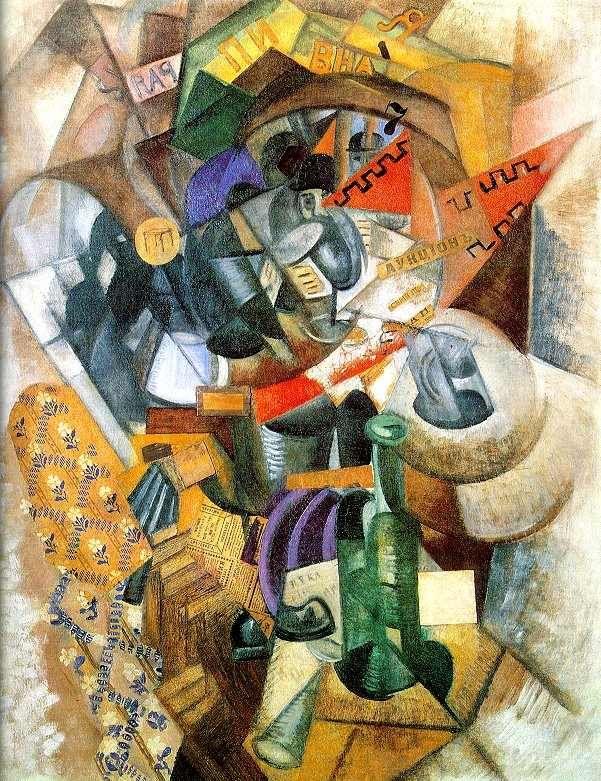
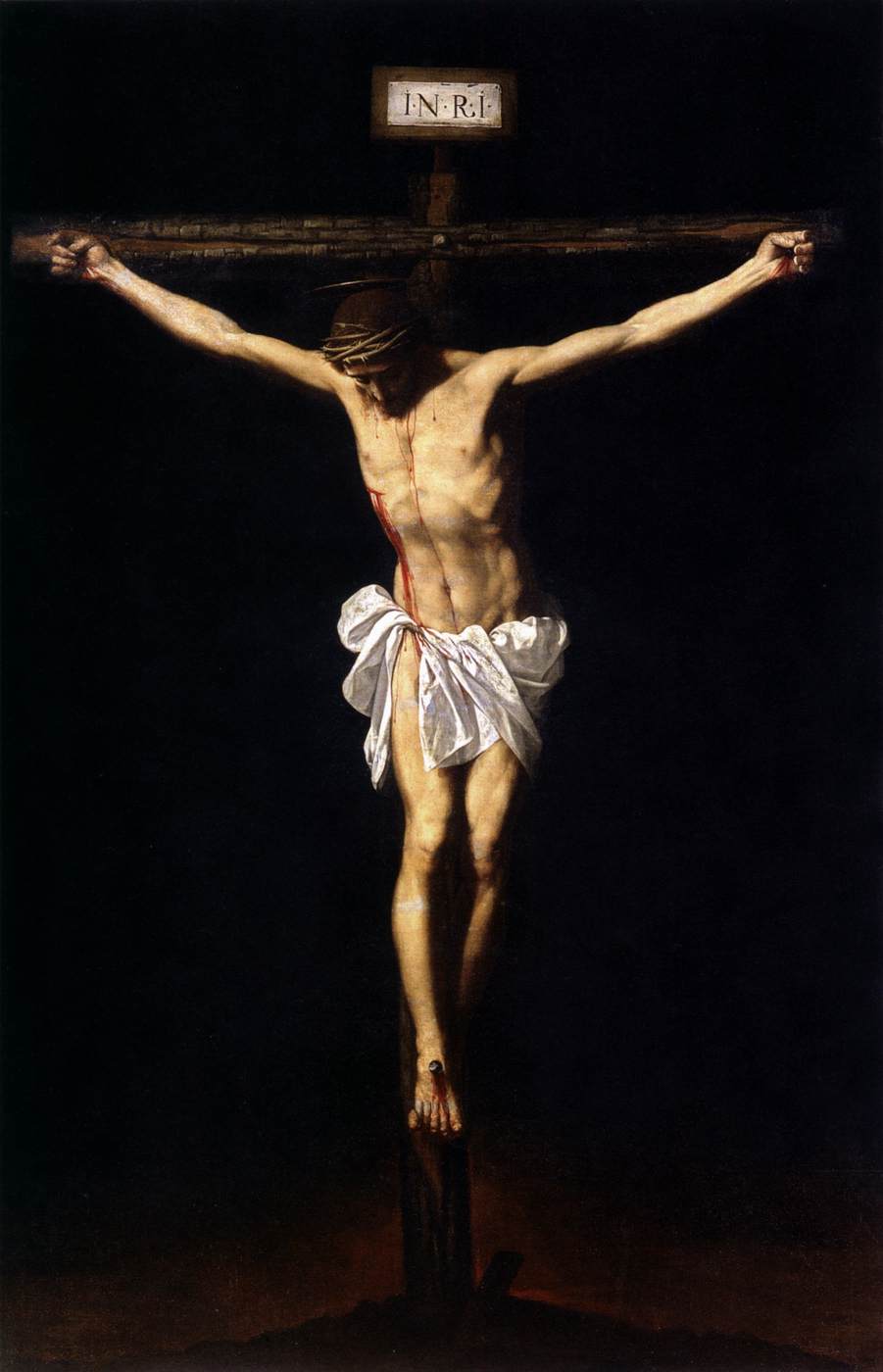
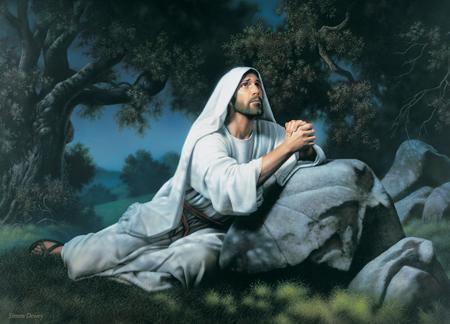
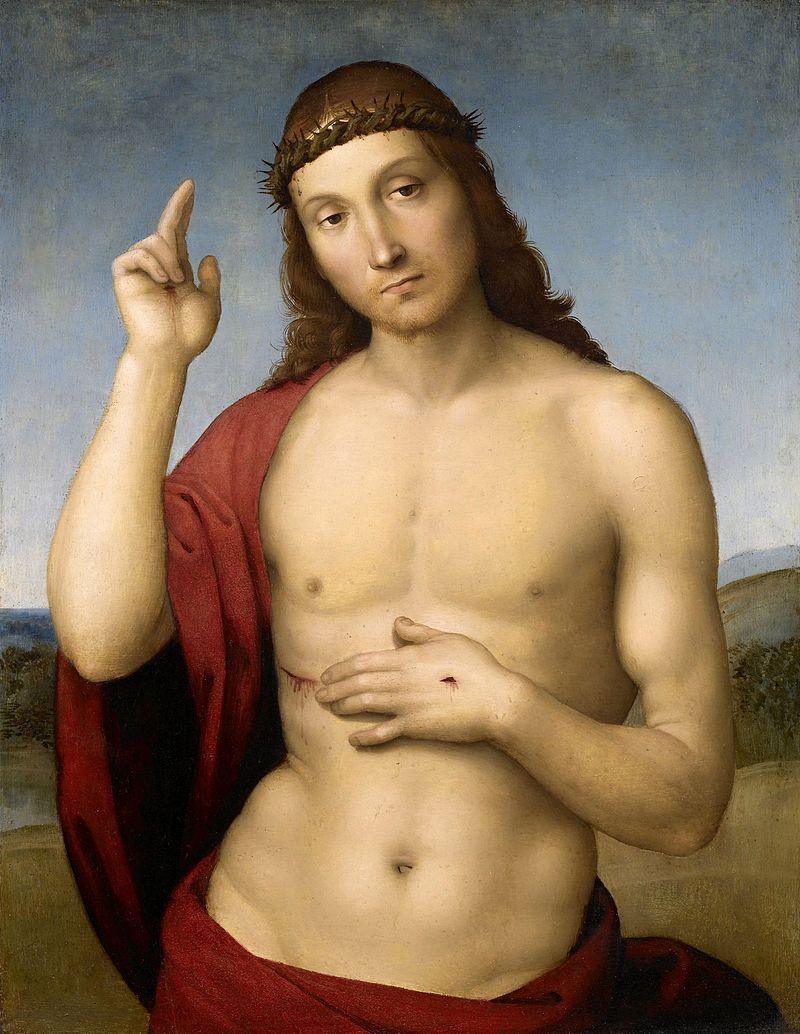
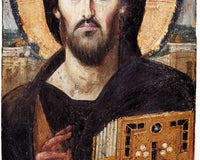
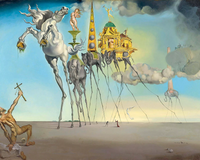
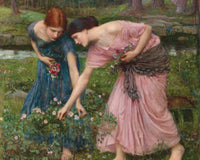
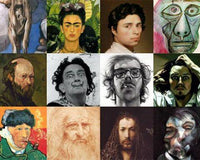

1 comment
Esteban SImich
Projectionism contemporary art movement develop by Esteban SImich.New colours made with pigments of the mind that projects to create a new avant-garde in art in painting.